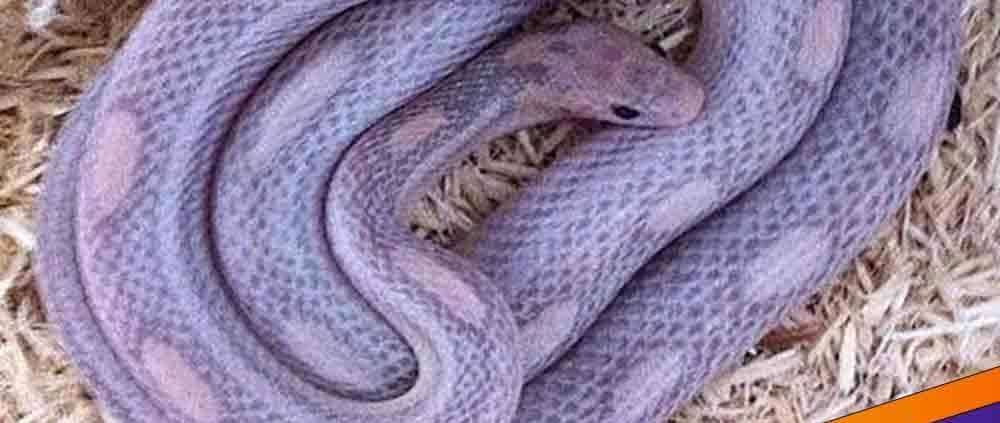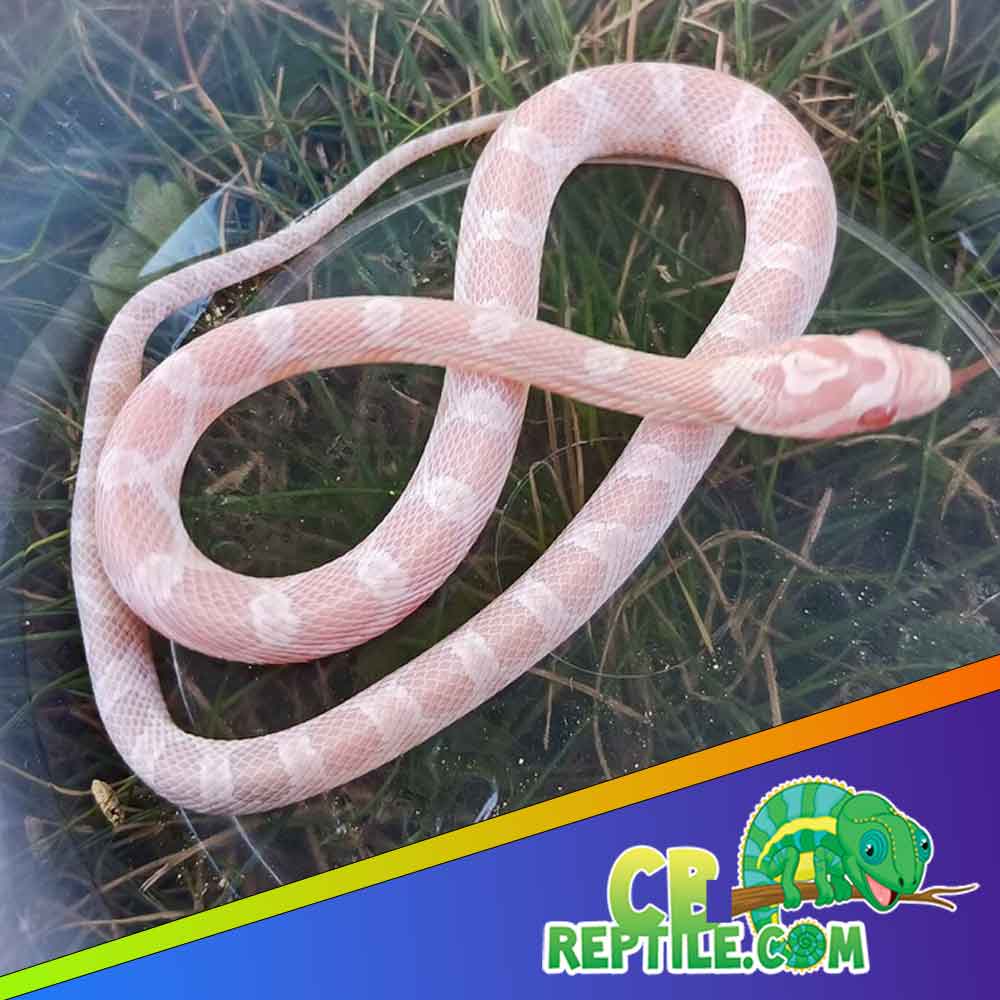
Corn Snake Diet and Nutrition: A Happy Keeper’s Guide

If you’re ready to start your journey with one of these wonderful reptiles, browse healthy, captive-bred cornsnake for sale at CBReptile.com—the best cornsnake breeder in the USA.
Understanding Corn Snake Diet

In the wild, corn snakes feed primarily on rodents, small reptiles, and sometimes birds. In captivity, their diet is simplified and safer: frozen/thawed mice or rats make the perfect complete meal. Offering properly sized prey ensures healthy digestion, growth, and long-term well-being.
Feeding Schedule by Age
| Age/Stage | Food Type | Frequency |
|---|---|---|
| Hatchling (0–6 months) | Pinky mice | Every 5–7 days |
| Juvenile (6 months–2 years) | Fuzzies/Hoppers | Every 7 days |
| Adult (2+ years) | Adult mice or small rats | Every 7–10 days |
Unlike mammals, snakes don’t need daily meals. Their slow metabolism allows them to thrive on a simple, scheduled feeding routine. Overfeeding can lead to obesity, so stick to the schedule for a healthy, happy snake.
Safe Feeding Practices
- Always use frozen/thawed rodents warmed to body temperature—never feed live prey, as it can injure your snake.
- Offer food with tongs, not your hands, to avoid accidental bites.
- Feed in the enclosure for convenience, or in a separate tub if you prefer to prevent substrate ingestion.
- Allow 24–48 hours of rest after feeding before handling to avoid regurgitation.
Habitat Setup to Support Good Nutrition
A balanced diet works best in a proper habitat. If your corn snake’s enclosure isn’t correctly set up, digestion may suffer. Here’s what you need:
Temperature Gradient
- Warm side: ~85°F for digestion.
- Cool side: ~75°F.
- Night: ~70°F is safe.
Use under-tank heating pads or heat tape with thermostats for safe, steady warmth. Avoid hot rocks—they can burn your snake.
Substrate & Décor
Aspen shavings, paper-based bedding, or cypress mulch work well. Add two hides (warm and cool sides), climbing branches, and a sturdy water bowl. A secure, escape-proof enclosure is essential—corn snakes are expert escape artists.
Proper Handling and Care
Handling your corn snake regularly helps build trust and keeps them calm. Wait at least one week after bringing your new snake home before handling, and never handle for 24–48 hours after feeding. Support the snake’s body gently and let it explore your hands. Frequent, positive interactions help ensure your corn snake is social and confident.
Raising a Baby Captive-Bred Corn Snake
Baby corn snakes are tiny but resilient when raised correctly. Starting with a captive-bred baby from CBReptile.com ensures you’re beginning with a healthy, parasite-free animal that is already eating frozen/thawed prey. Here’s a quick step-by-step:
- Set up a 10–20 gallon enclosure with a snug lid.
- Provide a warm hide and cool hide, plus a shallow water dish.
- Keep temps ~85°F warm side, ~75°F cool side.
- Feed pinkie mice every 5–7 days.
- Handle gently once the baby has settled and is eating reliably.
As your baby grows, scale up the enclosure size and prey items. Within a few years, your little hatchling will become a confident adult, bringing you joy for 15–20 years.
The Importance of Buying From Real Breeders
Not all sources of corn snakes are equal. Pet stores often carry snakes from large-scale suppliers with uncertain care histories. This can lead to feeding problems, illness, or stress. By choosing trusted corn snake breeders near me like CBReptile.com, you ensure your snake was raised with care, started on the right diet, and is healthy from the very beginning.
CBReptile.com is family-run, passionate about reptiles, and offers lifetime support—so you’ll always have expert advice when you need it.
Daily & Weekly Care Routine
- Daily: Check temperatures, humidity, and water levels. Spot-clean waste.
- Weekly: Feed, handle, and observe overall health and shedding progress.
- Monthly: Deep-clean the enclosure and replace substrate.
Happy Keeper’s Checklist
- Provide a secure enclosure sized to your snake’s age.
- Maintain a temperature gradient: 85°F warm side, 75°F cool side.
- Feed frozen/thawed rodents sized to your snake’s girth.
- Two hides, climbing décor, and a sturdy water dish.
- Gentle, consistent handling to build trust.
- Source from a trusted breeder for the healthiest start.
